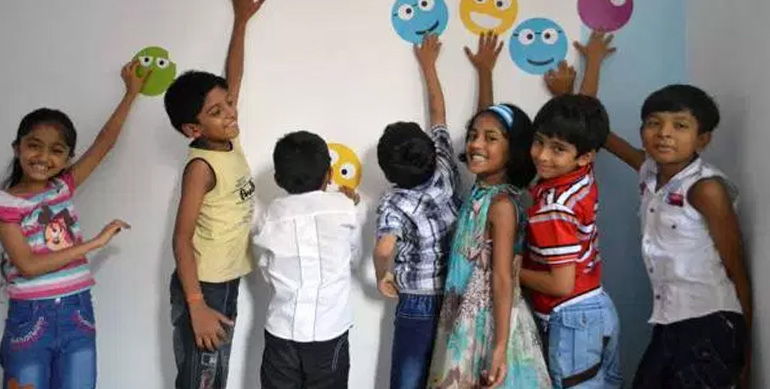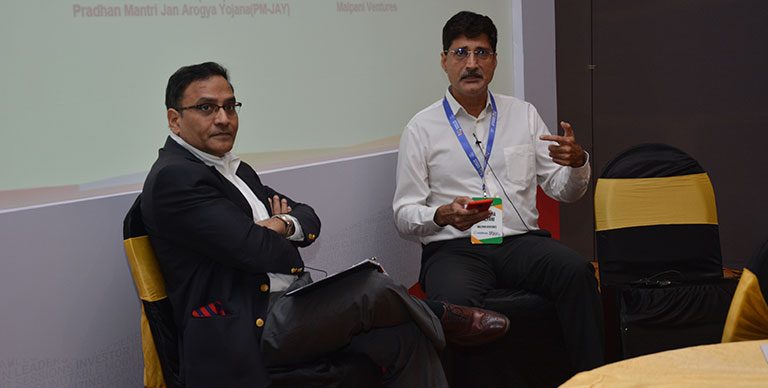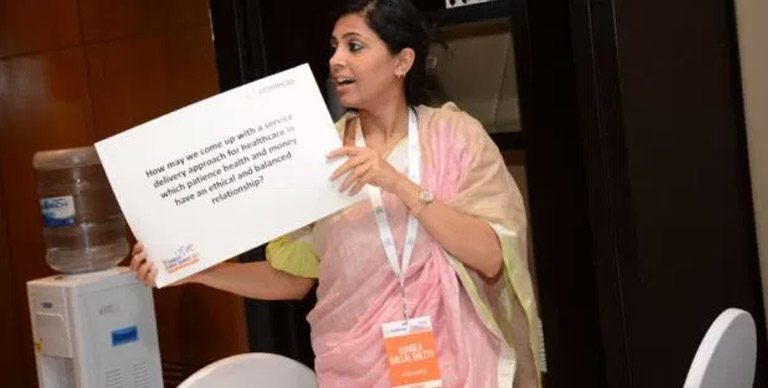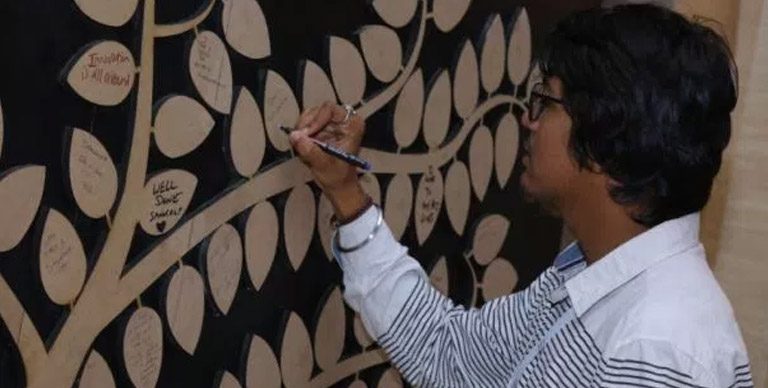Bringing quality education to the most underserved sections
By the United Nation’s measure, effectively 171 million people could be lifted from poverty in developing countries if basic literacy is met. Addressing the achievement gap among low-income students is perhaps the most powerful weapon in fighting poverty and improving quality of life.
Educators in emerging markets often voice concern that technology will make their jobs redundant. Despite this apprehension, new education-technology (ed-tech) solutions are demonstrating a convergence between old and new teaching methods. Many solutions are tackling some of the world’s biggest education issues, like addressing the achievement gap at the base of the pyramid by enhancing the role of educators rather than replacing the meaningful tasks they fulfil.
This gap is attributed to a number of root causes. Large class sizes, variability in teacher quality, limited measurement of student outcomes, and skill deficits currently thwart progress. Education technology is one of the ways in which organisations are trying to deliver low-cost, quality education to this segment of society.
Currently, the issue of accessibility remains a central challenge to providing quality education and content to areas where modern infrastructure is lacking. India’s 2011 census found more than 60% of the population to be living in rural and underserved areas. This has only exacerbated the disparity in educational attainment and quality of life between both ends of the economic spectrum. This challenge is amplified when users develop an aversion to using technology if they encounter difficulties when using it. Despite these challenges, much progress has been made in recent years. A range of social enterprises have dedicated their efforts to pursuing ed-tech solutions that eradicate a myriad of problems currently crippling education systems worldwide.
Despite progress, uptake of ed-tech solutions has been slow. General scepticism exists due to previous ed-tech failures, as do serious infrastructural hurdles regarding scarcity of power and electricity. There is also great hesitation to adopt ed-tech due to a false perception that teachers will become obsolete.
Nonetheless, there is a new generation of social enterprise dedicated to developing holistic solutions that overcome these challenges. In order to be successful, these solutions must address the aforementioned challenges. Technology must be easy-to-use so teachers can focus on student learning. In the mean time, it is important enterprises conduct robust pilots to determine what works best in these environments.
At Zaya, we are combining elements of traditional instruction and new pedagogy. We have created a lightweight device that harnesses interactive technology, whilst providing a blended learning approach and robust teacher training. The device works both online and offline, running for up to 10 hours on battery power, making it workable even in the most remote areas.
Social enterprise is a rapidly growing space, with many innovators focused on reform and improvement of education systems. As these enterprises grow and scale their impact, there is tremendous potential to bridge the aforementioned achievement gap for millions of children. Whilst this challenge is significant, it makes it an exciting time to be an educational entrepreneur in India.








